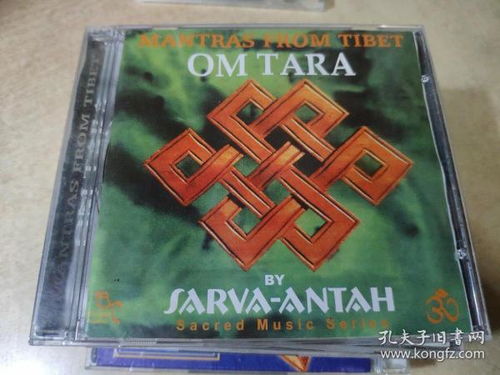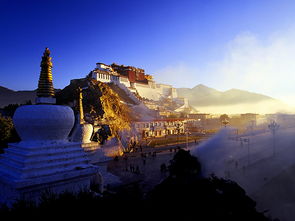Om Tibet: A Journey Through the Land of Snows
Traversing the vast expanse of the Himalayas, nestled between India and China, lies the enchanting land of Tibet. Known for its breathtaking landscapes, rich cultural heritage, and spiritual significance, Tibet offers an unparalleled experience to those who dare to explore its depths. Embark on a journey with me as we delve into the multifaceted wonders of this mystical land.
Geography and Landscapes

The geography of Tibet is as diverse as it is stunning. Spanning an area of approximately 1.2 million square kilometers, it boasts some of the highest peaks in the world, including Mount Everest. The landscape ranges from the arid Tibetan Plateau to the lush forests of the eastern regions. The capital, Lhasa, is nestled in a valley surrounded by mountains, offering a picturesque backdrop to the city’s many historical sites.
| Region | Altitude | Notable Features |
|---|---|---|
| Tibet Plateau | 4,000-5,500 meters | Home to the highest mountains in the world, including Mount Everest |
| Yarlung Tsangpo River Valley | 2,800-3,500 meters | Rich in biodiversity, with lush forests and diverse wildlife |
| Lhasa Valley | 3,500-3,800 meters | Historical and cultural heart of Tibet, with numerous temples and monasteries |
Cultural Heritage

With a history that dates back over 3,000 years, Tibet’s cultural heritage is a tapestry woven from the threads of Buddhism, traditional Tibetan art, music, and dance. The Tibetan people have preserved their unique customs and traditions, which are evident in their daily lives and religious practices. Here are some of the key aspects of Tibetan culture:
-
Buddhism: Buddhism has been the dominant religion in Tibet since the 7th century. Monasteries, such as the Potala Palace and the Jokhang Temple, are architectural marvels and spiritual centers for the Tibetan people.
-
Traditional Art: Tibetan art is renowned for its intricate designs and vibrant colors. Thangka paintings, wood carvings, and metalwork are just a few examples of the rich artistic traditions in Tibet.
-
Music and Dance: Tibetan music is characterized by its unique melodies and rhythms. Traditional dances, such as the Ache Lhamo and the Tashi Mani, are performed during festivals and religious ceremonies.
Religious Sites and Pilgrimages

Tibet is home to numerous religious sites that attract pilgrims from all over the world. These sites are not only of spiritual significance but also architectural wonders. Here are some of the most famous religious sites in Tibet:
-
Potala Palace: The former residence of the Dalai Lama, this majestic palace is a symbol of Tibetan Buddhism and a UNESCO World Heritage site.
-
Jokhang Temple: The most sacred site in Tibet, this temple houses a statue of the Buddha that is believed to be the manifestation of Avalokiteshvara.
-
Sakya Monastery: One of the oldest monasteries in Tibet, it is known for its unique architectural style and rich cultural heritage.
Local Cuisine
Like its culture and landscapes, Tibetan cuisine is a blend of flavors and ingredients that reflect the region’s unique environment. Here are some popular Tibetan dishes:
-
Potatoes: Potatoes are a staple in Tibetan cuisine and are used in various forms, such as tsampa (roasted barley flour) and momo (dumplings).
-
Butter Tea: Known as “Buza” in Tibetan, this creamy tea is a traditional drink that is consumed throughout the day.
-
Yak Meat: Yak meat is a delicacy in Tibet and is used in various dishes, such as yak butter and yak cheese.



